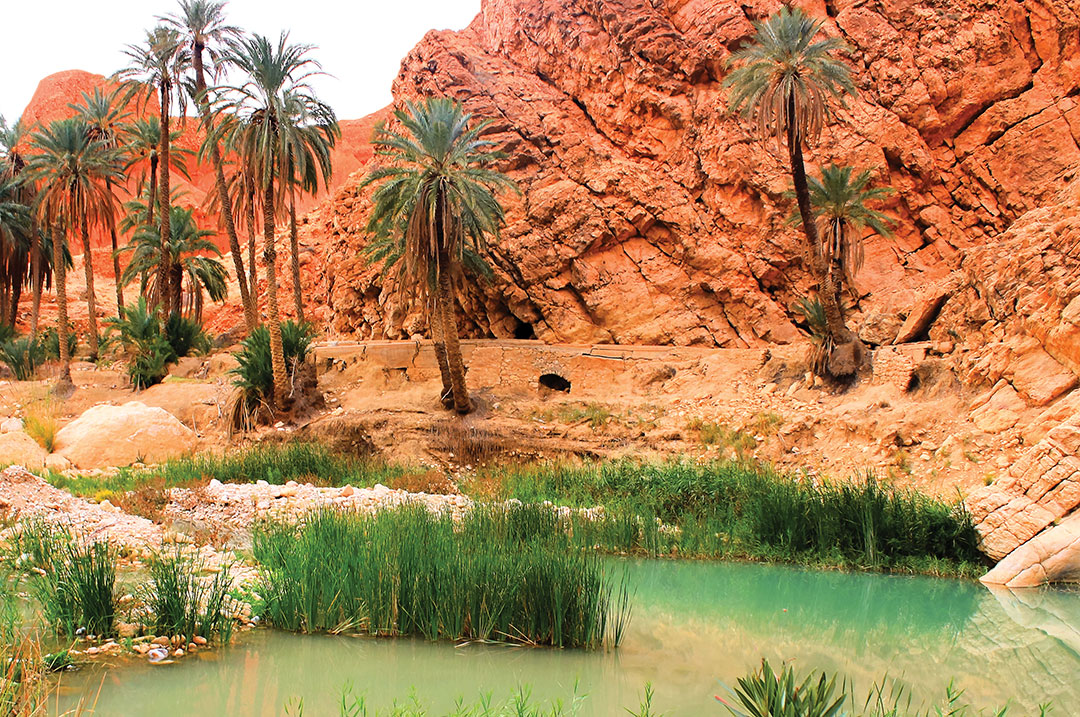
Kahina: North Africa’s Enigmatic Queen of Resistance
In the seventh century, Islam expanded rapidly from the Arabian Peninsula westward to Spain and eastward to northern India through a combination of trade, missionary work, pilgrimage, and military conquest. Much of this territorial growth occurred under the Rashidun Caliphate (632–661). As Arab forces advanced into North Africa, then under Byzantine control as the Exarchate of Carthage, they encountered fierce resistance from the Berbers, led by the enigmatic Queen Dihya—also known as the Kahina, or “seer.” Little about her life is certain; even basic details such as her birth, tribal affiliation, and appearance remain disputed, with many accounts likely embellished for political purposes in later centuries.
Rising to power in the 680s amid the collapse of Byzantine authority, Dihya united scattered Berber tribes and built a formidable army. In 698, she decisively defeated the Umayyad general Hasan ibn al-Nu’man at the Battle of Meskiana. Anticipating a renewed Arab offensive, she implemented a scorched-earth strategy that devastated vulnerable regions within her territory and eroded her support among her own people. Hasan returned several years later and triumphed at the Battle of Tabarka. Dihya died in the conflict—either in combat or by suicide—and was beheaded, her head sent to Damascus as proof of her defeat.
Though much of her story is shrouded in legend and reinterpretation, Dihya endures as a powerful symbol of Berber resistance, independence, and feminist leadership, representing a brief but significant challenge to Arab expansion in North Africa.
